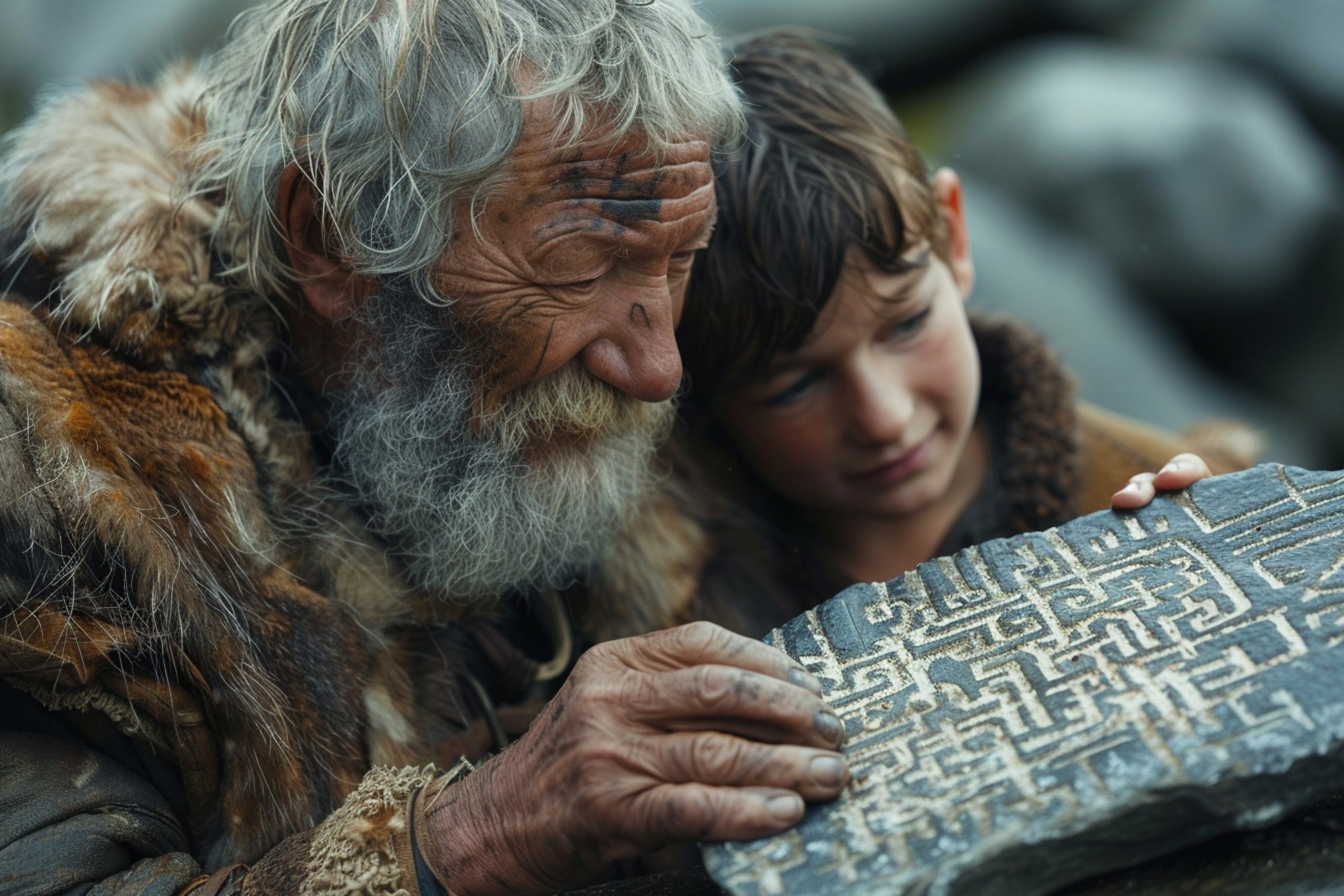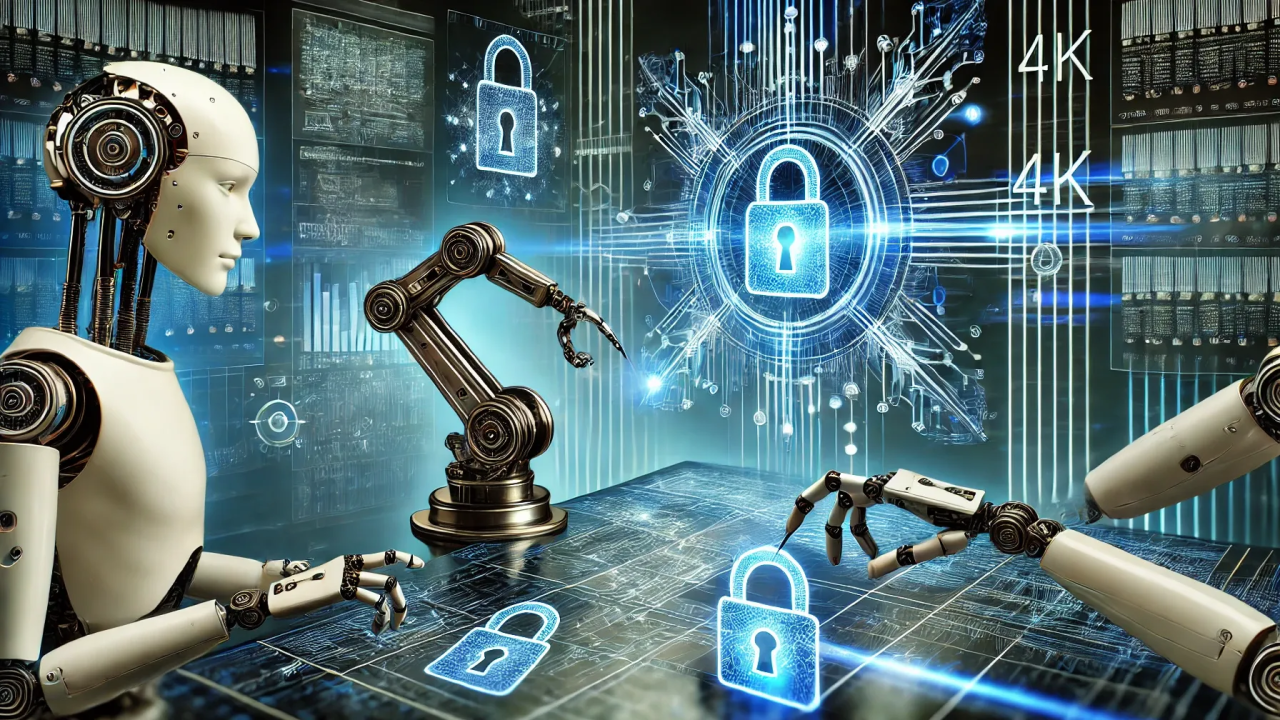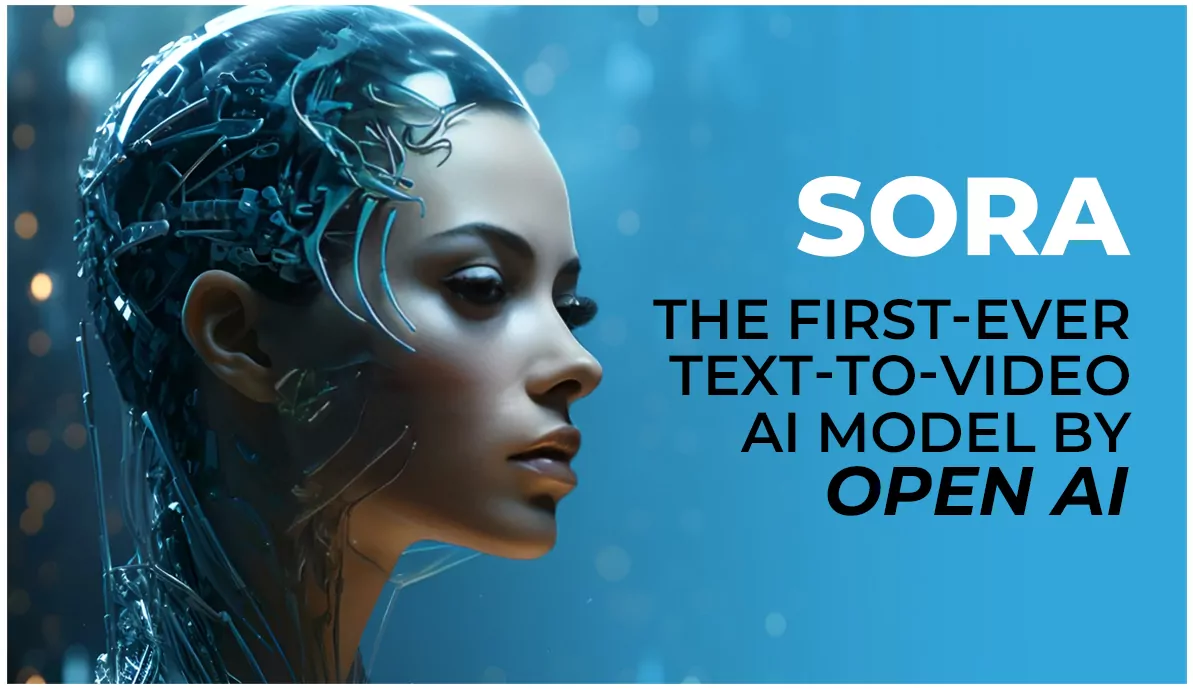Language is the cornerstone of human culture, encapsulating the history, traditions, and knowledge of civilizations. Unfortunately, many ancient languages have disappeared over time, taking with them invaluable insights into the past. However, recent advances in artificial intelligence (AI) are providing a revolutionary way to not only preserve endangered languages but also reconstruct ancient ones. By leveraging machine learning, natural language processing (NLP), and other AI technologies, researchers and linguists are uncovering secrets of lost languages and safeguarding cultural heritage for future generations.
The Decline and Loss of Ancient Languages
Languages evolve as societies change, but some are lost entirely when they fall out of use, often due to colonization, cultural assimilation, or the dominance of global languages like English and Mandarin. Ancient languages such as Sumerian, Ancient Egyptian, and Linear A are either partially understood or completely undeciphered. The challenge with such languages lies in the limited availability of written records, the absence of modern speakers, and the lack of comparative linguistic data.
This is where AI steps in. By analyzing the patterns, structures, and contexts of known texts, AI can make groundbreaking contributions to the reconstruction and preservation of these ancient tongues.
How AI Recreates Ancient Languages
- Pattern Recognition in Historical Texts AI-powered algorithms excel at recognizing patterns in vast datasets, even when the information is incomplete or fragmented. For example, deep learning models can analyze ancient scripts to identify recurring symbols, words, and grammatical structures. These patterns help linguists understand how a language was constructed, even when there are no direct translations. One example is the work being done on Ugaritic, an ancient Semitic language. AI has been used to analyze existing texts and find parallels with related languages like Hebrew and Aramaic. This has led to significant progress in deciphering Ugaritic texts and understanding its grammar and vocabulary.
- Machine Learning for Decoding Machine learning models can compare an undeciphered language with known languages to find similarities. This comparative analysis can suggest potential meanings for words or grammatical structures. A notable example is AI’s role in attempting to decode Linear B, an ancient Greek script. While Linear B was deciphered in the 20th century, AI has been instrumental in refining translations and uncovering additional nuances.
- Contextual Analysis Ancient texts often include references to cultural practices, geography, or historical events. AI tools, such as NLP algorithms, can analyze context to infer the meaning of obscure words or phrases. For instance, if a word frequently appears in texts alongside symbols for crops or harvests, AI might deduce that it relates to agriculture.
- Reconstructing Phonetics In addition to written records, some languages left behind clues about their spoken forms through inscriptions of phonetic symbols. AI can analyze these phonetic patterns and compare them to related languages to reconstruct how the language might have sounded. This is crucial for bringing ancient languages back to life in a more holistic way.
Preserving Endangered Languages
Beyond reconstructing ancient languages, AI is playing a vital role in preserving endangered ones. According to UNESCO, nearly 40% of the world’s languages are at risk of extinction, with one language disappearing every two weeks. AI-driven initiatives aim to document, archive, and even revitalize these languages before they are lost forever.
- Speech Recognition and Translation AI-powered speech recognition tools can record and transcribe spoken languages, creating comprehensive digital archives. For example, Google’s AI platform has been used to document endangered languages like Māori and Cherokee. These recordings are invaluable for creating educational resources and promoting language learning.
- Interactive Learning Tools AI applications such as Duolingo are being adapted to teach endangered languages. These tools use gamification and adaptive learning techniques to engage users while ensuring the survival of the language.
- Cultural Storytelling AI can help preserve oral traditions by transcribing and translating stories, songs, and folklore. This not only safeguards the language but also the cultural heritage embedded within it.
Challenges and Ethical Considerations
While the potential of AI in language preservation is immense, there are challenges and ethical considerations to address:
- Data Limitations For many ancient and endangered languages, the lack of extensive records makes it difficult to train AI models effectively. Without sufficient data, the accuracy of reconstructions or translations may be limited.
- Cultural Sensitivity Language is deeply tied to identity and heritage. There is a risk of cultural misrepresentation or misuse of AI-generated insights if not handled with care and input from native speakers or cultural experts.
- Access and Equity The resources to develop AI tools are often concentrated in wealthy nations, raising concerns about equitable access to these technologies for communities most in need of language preservation efforts.
The Future of Language Preservation with AI
The integration of AI into linguistics is just beginning, but the possibilities are vast. In the future, AI could enable virtual reality experiences where people can interact with ancient civilizations in their native languages. Schools could use AI-powered tools to teach students about the linguistic and cultural heritage of ancient and endangered languages. Additionally, advancements in computational power and machine learning algorithms will make it possible to decode even the most complex scripts.
Conclusion
AI is revolutionizing our ability to reconstruct and preserve languages, offering a bridge between the past and the future. By decoding ancient texts, preserving endangered languages, and fostering cultural understanding, AI is playing a crucial role in safeguarding the linguistic diversity of humanity. As these technologies continue to evolve, they hold the promise of keeping the stories, knowledge, and heritage of countless civilizations alive for generations to come. In an increasingly interconnected world, preserving linguistic and cultural diversity is not just an academic endeavor—it’s a testament to the shared history of humanity.














Leave a Reply